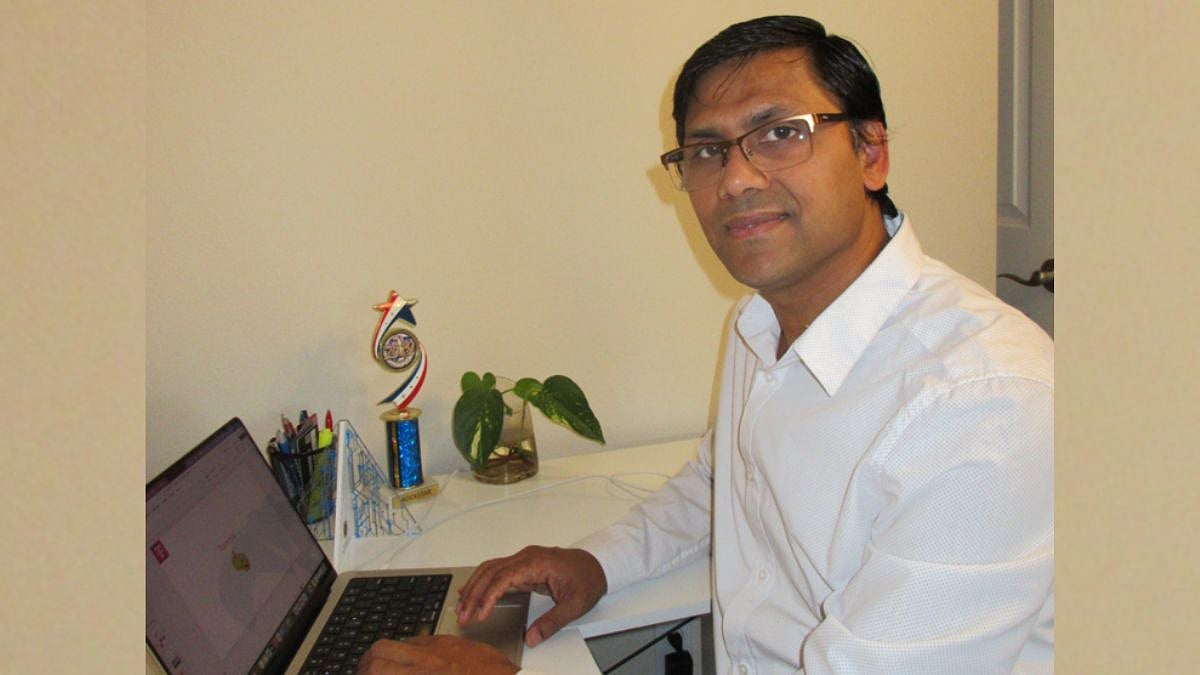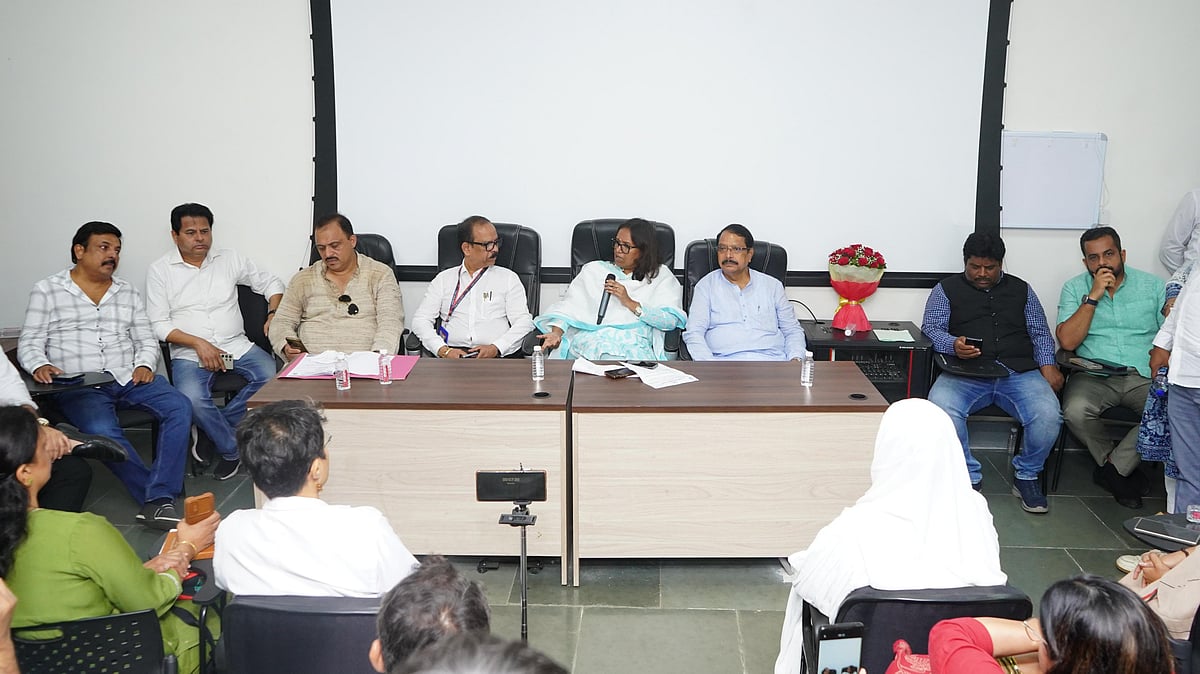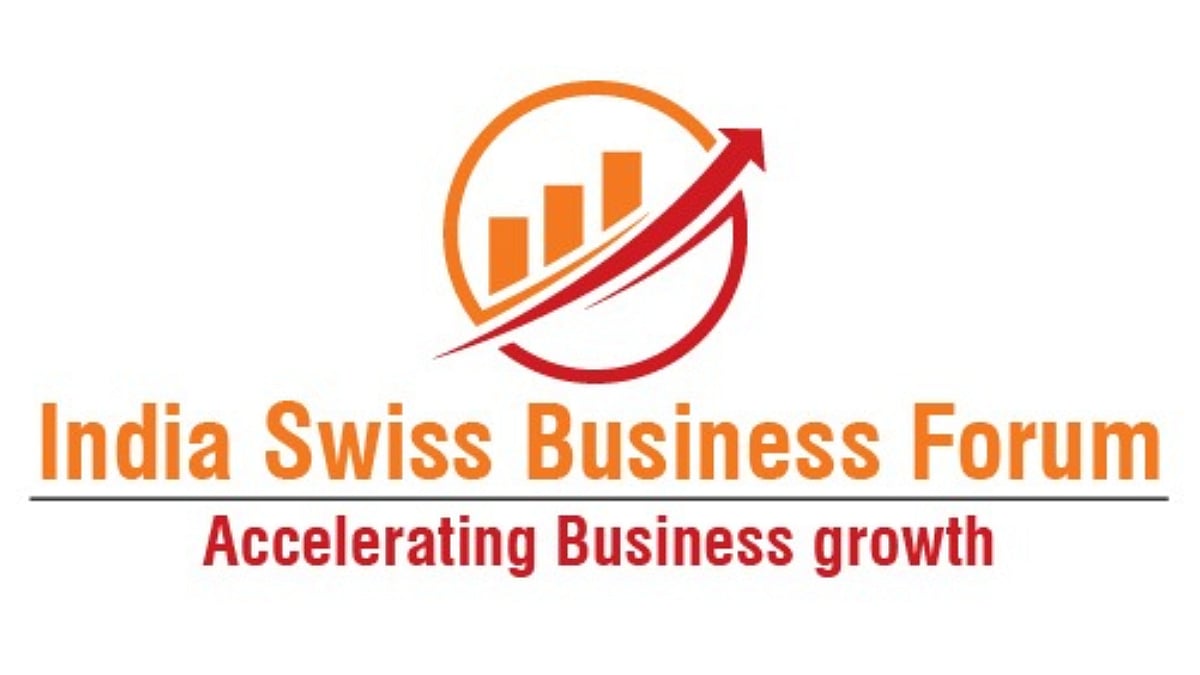In today's changing world of digital transformation, businesses across industries have been compelled to address the constraints of legacy middleware infrastructure and the urgent need for modernization.
It is said that global businesses are seeing the transition from monolithic, tightly coupled systems towards cloud-native architectural patterns based on APIs, microservices, and event-driven design.
These efforts no longer stop short of back-end efficiency; instead, they redefine agility, resilience, compliance, and even the ability of organizations to innovate at scale.
Augmenting this, enterprise-wide modernization journeys that are deployed create standards for partners and ecosystems as well and influence how digital trust and agility are designed for the future.
It is here that Ankush Gupta has left his imprint. According to the reports, his work on one of the biggest enterprise-wide modernization programs revamped over 18,000 APIs and over 125 domains from legacy middleware to a cloud-native environment.
It not only reorganized the business operations backbone but also brought its influence to global partners, creating an industry benchmark in cloud digitization.
"When done correctly, modernization isn't a technology transition; it's a redefinition of the business itself," Ankush said, a philosophy based on aligning architecture with business intent.
The results of this program are significant. Continuous delivery pipelines and serverless deployment now support quicker time-to-market, something legacy systems could never accomplish.
In addition, efficiency improvements have been said to have opened up some 200 million dollars in yearly savings through reduced infrastructure overheads and the transition to pay-as-you-go cloud models.
According to him, "The real value of modernization is in the way it drives agility faster, optimizes cost better, and injects resilience into the DNA of the enterprise."
Business agility, augmented integration across ecosystems, and security built-in through zero-trust frameworks are now core features of the modernized architecture.
The issues faced during this transition were also considerable. Application complexity, profound technical debt, sensitive data migration, compliance needs, and cultural resistance to change presented obstacles that many companies had not yet overcome.
According to Ankush, "The most difficult part was not workloads, it was data.". Taking it safely, running it correctly, and making its intelligence possible is what unlocks the actual business benefit."
Apparently, reskilling employees in APIs, DevOps, and observability turned out to be as important as the technology itself, emphasizing his belief that modernization is 70 percent cultural uptake and 30 percent technology implementation.
His observations extend beyond the program itself. He reiterates that modernization must give emphasis to data mobility and governance right from the beginning, since this allows businesses to effectively leverage AI and machine learning capabilities.
He further suggests that security has to shift from being perimeter-based to context-based, integrating zero-trust models natively into system design. Additionally, he looks ahead to the hybrid and multi-cloud environments of the future, warning against sole dependence on individual providers and calling for open, cloud-independent approaches that provide resilience and flexibility.
His contribution is covered in industry media and publications, from joint case studies and reports with top technology companies. These capture not just the extent of the transformation but also the wider ripple effects throughout global ecosystems.
His contributions to security programs and internal tool-making programs have also been reportedly complementing his ongoing contribution to shaping enterprise modernization practices.
To this, he sees modernization not merely as a migration tactic. "It is about re-platforming the business model itself," he points out, emphasizing the need for cultural change over technical reinvention. According to him, the process is a transformation from operators of fixed systems to perpetual innovators in a digital-native business.
Ankush Gupta’s own experience illustrates how the alignment of business objectives, strong data strategies, and cloud architectures designed for the future can bring not only efficiency but also enduring trust and resilience in the digital age.










